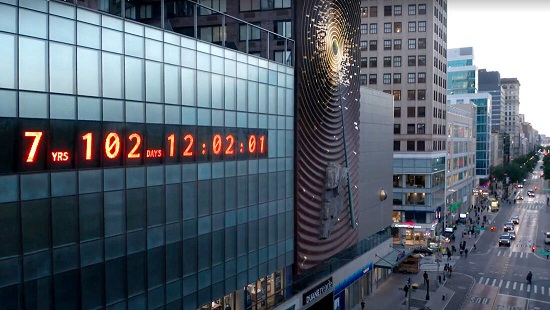Article
Climate Clock

The Paris Agreement (PA), which entered into force on November 4, 2016, and in terms of mitigation, the main objective of the PA is “Holding the increase in the global average temperature to well below 2 °C above pre-industrial levels and pursuing efforts to limit the temperature increase to 1.5 °C above pre-industrial levels, recognizing that this would significantly reduce the risks and impacts of climate change”
Although CO2 is the main gas responsible for global warming of anthropogenic origin, then limiting global warming to 1.5 °C requires staying within a total Carbon Budget, i.e. limiting total cumulative emissions of CO2. In other words, if net anthropogenic CO2 emissions are kept at zero, a global warming of 1.5 °C and more will eventually be reached. At a practical level, for policy-making, the concept of Carbon budget can play a key role in the climate change mitigation policies and can be useful for the methodology accepted in the PA to check how close we are or not to achieving the 2 °C goal, defined in the Agreement.

ใ
This clock follows the methodology of the carbon clock made by the Mercator Research Institute on Global Commons and Climate Change (MCC) which uses data from the recent IPCC Special Report on Global Warming of 1.5°C. The report states that starting from 2018, a carbon dioxide budget of 420 Gt of CO2 gives us a 67% chance to stay under 1.5 °C of warming.
References
- https://climateclock.world/
- https://www.emerald.com/insight/content/doi/1108/IJCCSM-06-2017-0127/full/html#sec004
- https://en.wikipedia.org/wiki/Special_Report_on_Global_Warming_of_1.5_%C2%B0C
- https://yaleclimateconnections.org/2020/10/on-climate-clock-its-ppm-not-minutes-that-matter-most/


